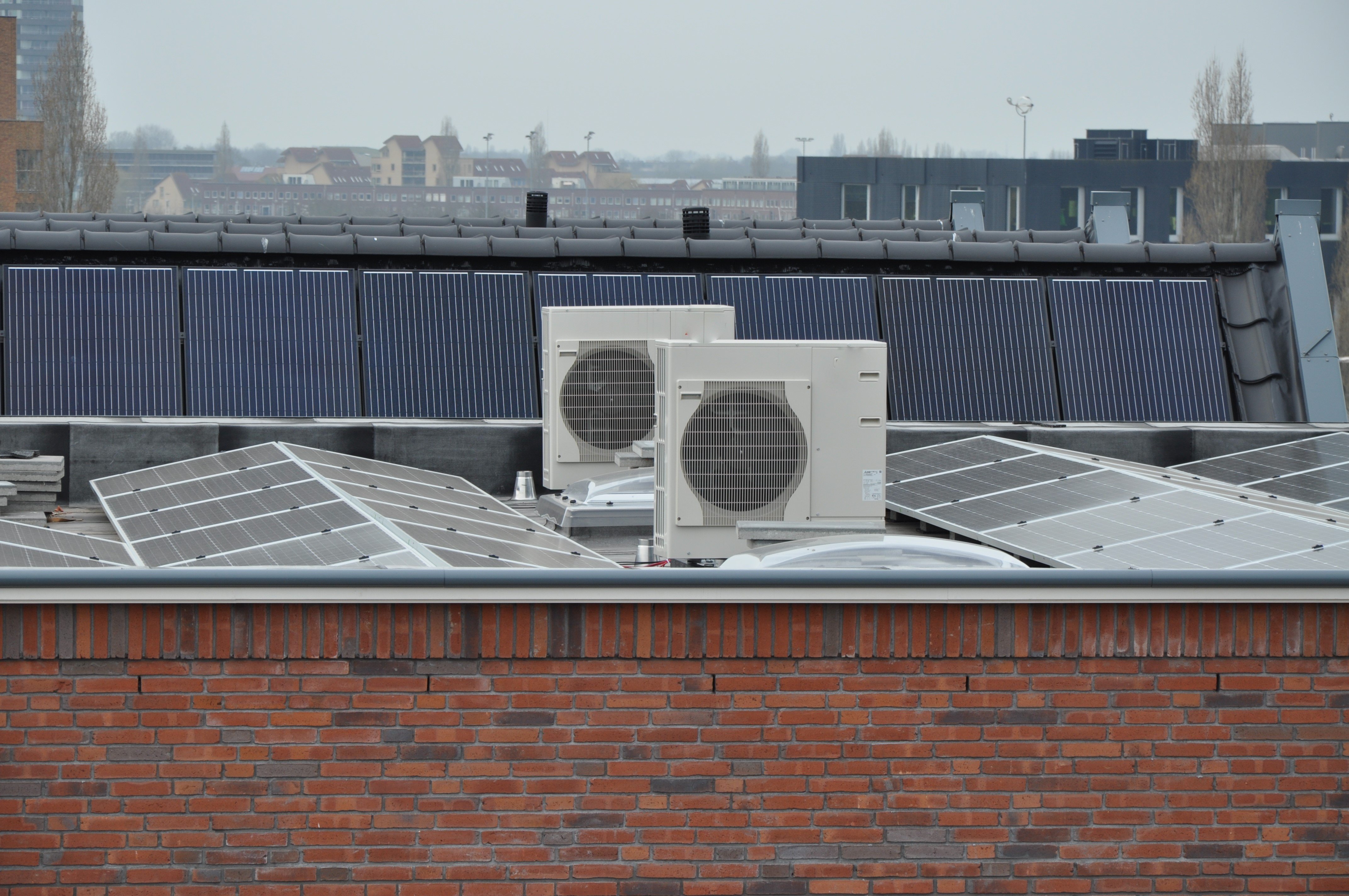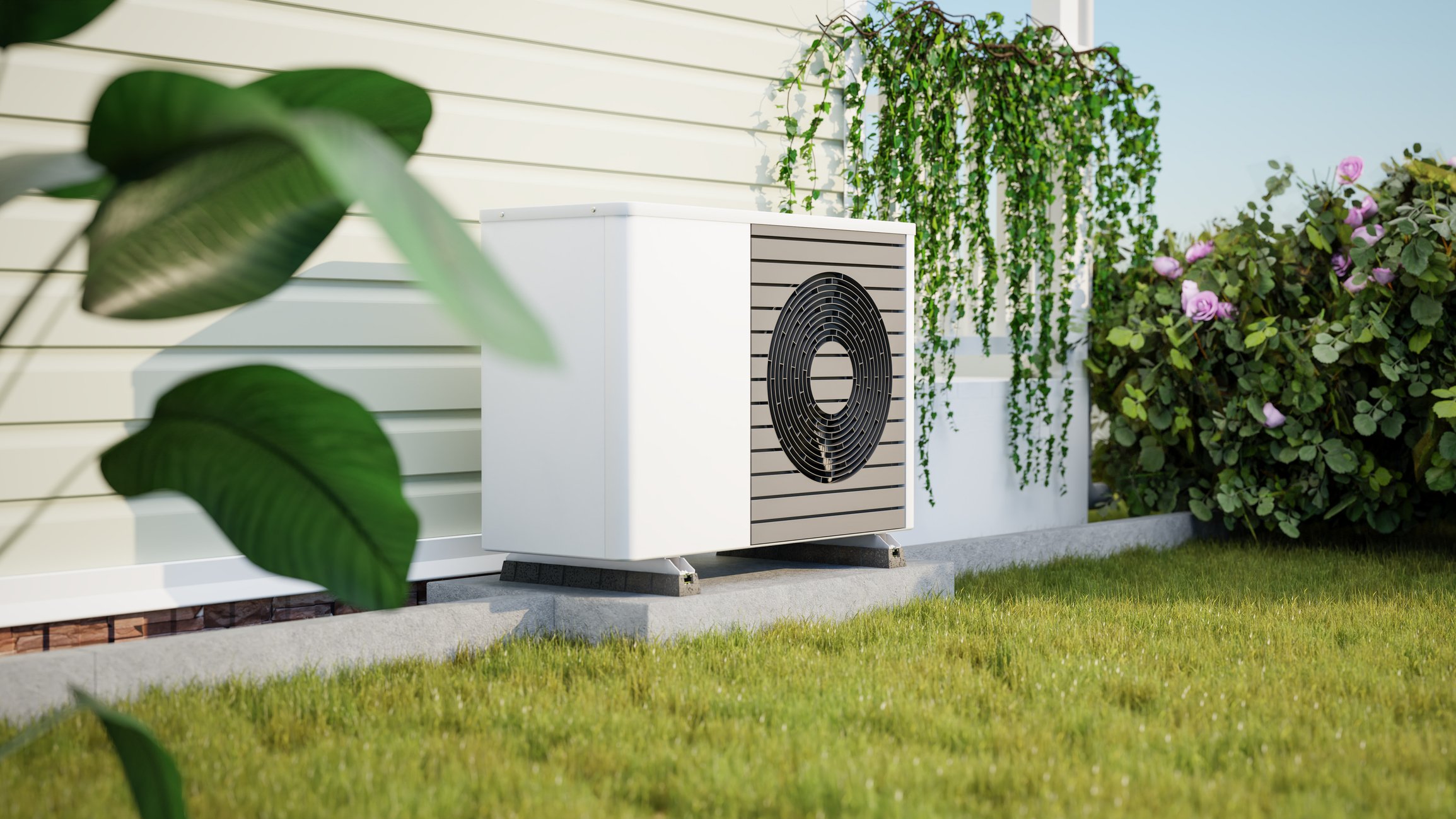Interview with Frank Agterberg and Marijn Beekman of the Heat Pumps Association

Last year, the Heat Pumps Association worked on a special category 2 dossier for heat pumps. Heat pump manufacturers joined forces and, together with the association, prepared environmental declarations for 34 different types of heat pumps. We talked about it with Frank Agterberg, chairman of Vereniging Warmtepompen, and Marijn Beekman, technical secretary of the association.

In early 2023, ambiguity arose about the environmental performance of heat pumps. The ECI (environmental cost indicator) turned out to be much higher than initially assumed. The refrigerant and certain pieces of electronics, complex issues that impact environmental performance, had not been included in the data analysis until then.
Renewed data analysis
The industry took immediate action and started - led by Vereniging Warmtepompen - a renewed data analysis. Making a category-1 declaration per manufacturer and type of heat pump was undesirable. That would take far too much time and money.
And we were in a hurry because of the environmental performance requirement for new buildings, which in many cases heat pumps could no longer meet. Although a temporary settlement factor was created for that, as the name suggests, it was temporary. To quickly have new data available for as many applications of heat pumps as possible, the Heat Pump Association chose a unique strategy.
Lots of different brands and types
Chairman Frank Agterberg: “We obviously want the environmental performance of heat pumps to be determined properly. So that it is clear what it costs in environmental terms to start heating and cooling sustainably. How could we do that in such a way that the process was not lengthy and costly, but very thorough and widely applicable?”
“Because there are a lot of different brands and types of heat pumps. How could we organize it so that there were environmental declarations for as many types and applications as possible? And users of the NMD could get as close as possible to the environmental performance of the type of heat pump they want?”

Around the table with manufacturers
Marijn Beekman, as technical secretary of the association, became the leader of this project. “At first we had no idea where to start. Frank already told us: there are a lot of different brands and types of heat pumps. But those heat pumps also have a lot of different components.”
“So together with LBP|SIGHT we started looking at what methodologies and systemizations there were to fly this. We also of course hooked up with the manufacturers who made a joint commitment not to make this a mutual competition. So together, based in part on the international experience of manufacturers, we arrived at the chosen approach.”
Huge amount of data
That approach was to first improve, partly using data from manufacturers' French eco-passports, the category 3 data. Then the industry went to work with the category-2 data. “We asked all manufacturers to provide - under confidentiality - any data they had. So that LBP|SIGHT could compile that into a market average. This was well met by the manufact
Finding similarities
The complexity then lay in making that data usable for the Dutch system and coming up with a smart way to make it widely applicable.
“We gradually found similarities between all those different products, based on which we could start categorizing. An air-to-water heat pump comes in split versions and monoblocks, but both have the same main components. And units use very different refrigerants, but operate with the same compressor, evaporator and have largely the same materials in the control.”
“In short, in hardware there are many similarities. What mainly varies is the type of source, the way of tap water production and the refrigerant used. Thus, with the help of our members in very active professional groups and working groups, 34 new Category 2 environmental declarations for heat pumps emerged that allow the ECI of almost any specific heat pump to be determined with reasonable accuracy.”
Every combination its own CAT 2 declaration
Association Heat Pumps, with help from LBP|SIGHT, broke down those environmental declarations in such a way that:
- Heat pumps can be combined with different types of sources, such as air, brine- or water-filled ground heat exchangers or PVT.
- As a user of the NMD, you can choose a unit with an integrated domestic hot water cylinder or add it separately to a heat pump without an integrated vessel.
- You can choose from many common refrigerants.
“Each combination has its own category 2 card, which prevents wrong choices or missing installation parts as much as possible.”
Joint achievement
Frank: “We are proud that this has been achieved. That there is now much more accurate data on environmental performance. And it has also further sparked discussion in our industry about material efficiency.”
“Some manufacturers were already actively working on this individually, but it is now even higher on the industry agenda, in part because it has become much more concrete insight into which knobs they can turn. Steel, for example, has a lot of impact. So using recycled steel makes a difference. And this also helps the overarching discussion about recycling targets whose requirements - registration of entire heat pump systems at end-of-life - no longer fit with increasing material efficiency through modular design and circularity.”
“That we as an industry as a whole have done this for the entire product range also makes us proud. We also hope that others will follow suit. This way, good data is available in the NMD much faster than with all the individual CAT 1 declarations. Feel free to come and ask how we did this, we are happy to tell you about it.”
How to use the CAT 2 declarations
The Heat Pump Association also prepared another fill-in instruction on how to properly use these maps in the National Environmental Database. Those fill-in instructions can befound here. In brief:
- Look up the category 2 declarations of the Heat Pump Association.
- Determine the power required for the heat pump
- Determine the type of heat pump source
- Determine the type of domestic hot water production
- Determine the type of refrigerant used